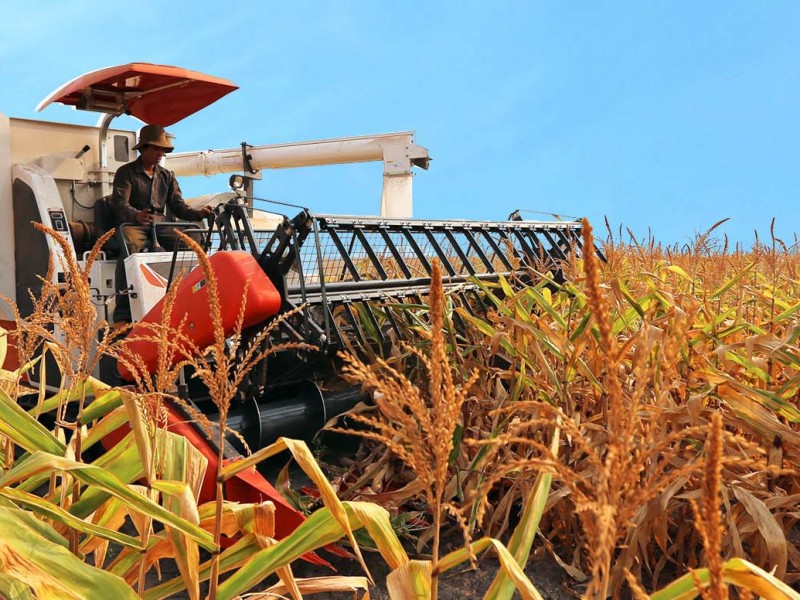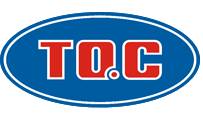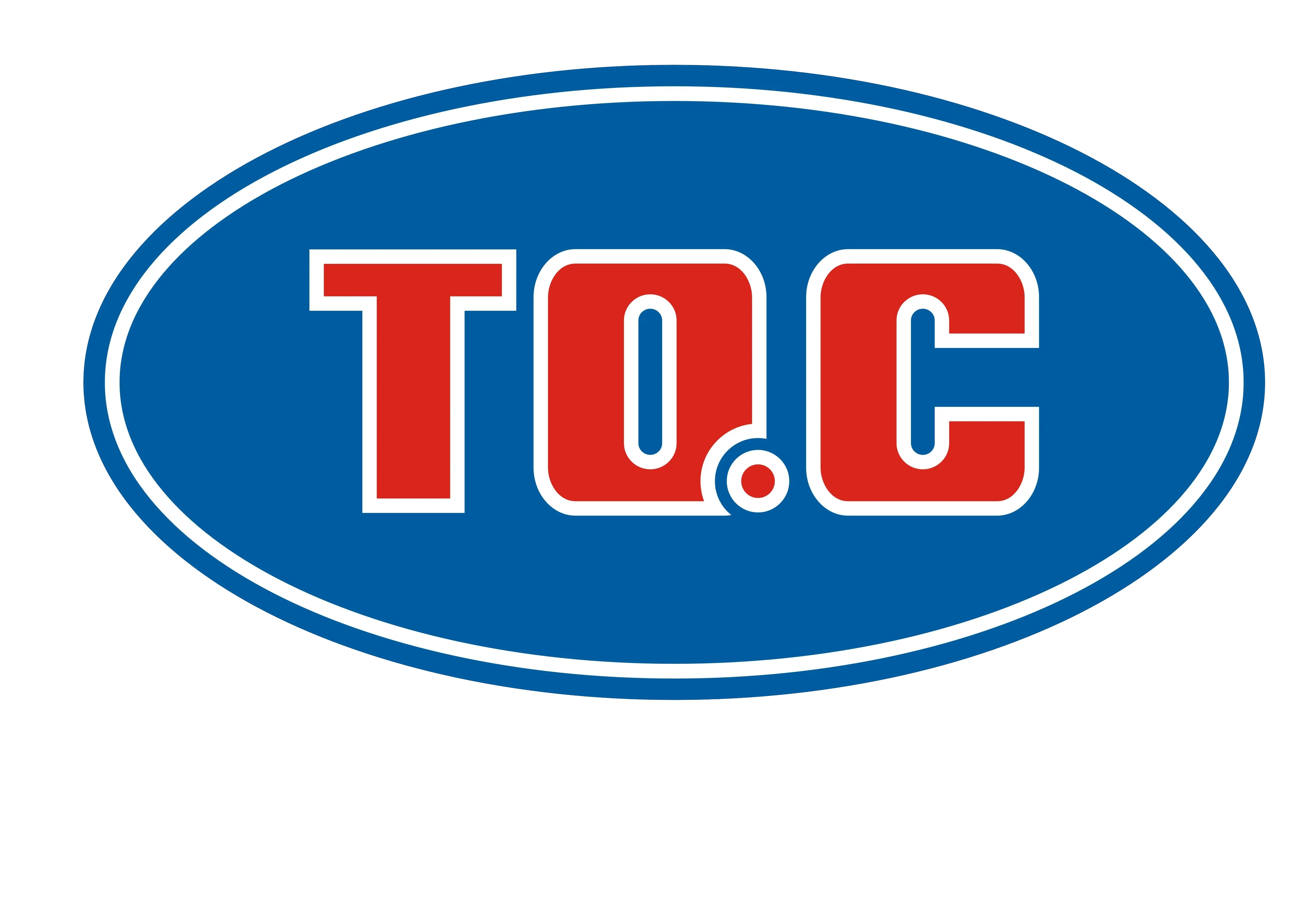In Quang Nam, in the model of growing maize on rice land with the conversion of the 2014 Ha Thu crop, maize yield was from 5.3-7 tons / ha. Compared with growing rice in the same crop, the income increased by 1.8-2.6 times. However, the farmer is not very interested in that.
Vietnam Is An Agricultural Country,
But Every Year Still Have To Enter 3 Million Tons Of Ngo
In Quang Nam, in the model of growing maize on rice land with the conversion of the 2014 Ha Thu crop, maize yield was from 5.3-7 tons / ha. Compared with growing rice in the same crop, the income increased by 1.8-2.6 times. However, the farmer is not very interested in that.
Currently, maize is the second crop in Vietnam but is in a serious shortage, the number of imports is increasing day by day. Each year, Vietnam imports an average of about 3 million tons of maize. On the other hand, rice - the number one agricultural crop in Vietnam, is losing its value, the output is in excess, but the export is falling less and less.
To solve this problem, the Ministry of Agriculture and Rural Development (Agriculture and Rural Development) has introduced the policy of converting crop structure on rice land to maize. From the summer-autumn crop of this year (2016), corn farmers were supported up to 3 million VND / ha.
Initial experiments show that growing maize brings about three times higher profits than growing rice. However, to convince people to convert paddy land to maize is a difficult problem.
Mr. Ma Quang Trung - Director of Department of Crop Production (MARD) will explain this:
- Hello Mr., recently, the Ministry of Agriculture and Rural Development has implemented the conversion of low-efficient rice cultivation to other crops. Can you elaborate on this policy?
- According to the plan approved by the Government, from now to 2020, the agricultural sector must convert 700,000 hectares of rice land to other crops. Of which, 300,000 ha are concentrated in the Mekong Delta and the rest are in other areas.
The policy of converting low-efficiency rice to a more efficient one is the solution to the project "Restructuring the agricultural sector towards increasing added value and developing sustainably".
This is an important solution to maintain and flexibly use 3.8 million hectares of Vietnam's rice land to ensure food security and increase the value of rice land use, increase production efficiency, and increase High income for farmers.
Currently, the output of grain crops is about over 45 million tons, but the excess melons are 7-8 million tons / year, mostly rice.
Meanwhile, the world rice market does not have much room for export when the world demand is about 30 million tons of rice / year, Vietnam exports about 6.5-7 million tons of rice, the rest is Thailand, India…
Since then, the Government has a policy of switching to other crops, especially in precarious areas, to plants that require less water and drought tolerance such as maize, sesame, sesame, beans, peanuts, vegetables. ...
Thereby, it will reduce rice production but increase value, and reduce pressure on the import of other foods into Vietnam.
- How effective is the conversion of crops on rice land over the past time? Which crops are considered to have the highest economic efficiency, sir?
- In general, converting crops on rice land brings high efficiency to farmers by using crops with high economic value, in accordance with weather conditions and changes in water resources.
In the Northern provinces, over the past time, many models of converting crops on rice land have brought about very high economic efficiency, income 5-6 times higher than rice cultivation. Some models reach 400-500 million VND / ha, bringing high profits for farmers.
For example, the conversion of rice production to high yield melon in Giao Thien, Giao Thuy (Nam Dinh) in 2015. After deducting costs, profit from growing high yield melon reached 140 million VND / ha, high 8-10 times more than rice cultivation.
In Phu Tho, the model of converting rice to growing ve
In addition, the income from rice cultivation to growing flowers (persimmon, chrysanthemum, gladiolus) is 5-6 times higher than from growing rice.
The results of the rice crop conversion models in the South Central Coast and the Central Highlands provinces have a profit of 1.5-3 times compared to rice cultivation, the average annual revenue of 100 million VND / ha, much higher than rice cultivation.
Or as in Quang Nam, in the model of growing maize on rice land with the conversion of the 2014 Ha Thu crop, maize yield was 5.3-7 tons / ha. Compared with growing rice in the same crop, the income increased by 1.8-2.6 times.
The ministry also pays special attention to maize. Because now, each year, Vietnam has to import about 3 million tons of maize while maize production is still a grain food, the total food output will not decrease much.
- Not until now, maize has been promoted when the cultivated area is nearly 1.2 million hectares. Why Vietnam still has to spend billions of dong to import maize?
Admittedly, although Vietnam has nearly 1.2 million hectares of maize, it still has to import a lot.
In fact, the conversion is facing many difficulties because maize imported from abroad into Vietnam is about 1,000 VND / kg cheaper than maize produced domestically.
The reason is that they produce completely mechanized, high productivity, low cost. As the US yields 10 tons / ha, while Vietnam is only half. This makes maize output difficult, discouraging maize growers.
getables of all kinds gives economic efficiency from 250-270 million VND / ha, 3-4 times higher than rice cultivation.
It can be said that our policies are very successful, but the transition problem is a difficult one. When converting to maize, we have to solve problems such as price, output and ensure people's income.
We can never mechanize if we leave a small field to each farmer's house.
If each farmer plants a little, it will be difficult to control crop food safety issues such as chemical fertilizers, pesticides, chemical residues, preservatives ... This leads to very business. difficult to buy, difficult to output products.
It is known that growing maize is 3 times more beneficial than growing rice, and supported by the Government with 3 million VND / ha, but why are people still not interested?
- In some localities, especially the Mekong Delta, rice is an advantageous crop and a long-standing occupation of farmers. The transition from wet rice to other annual crops is still new. In some places, farmers do not have the practices and experience.
On the other hand, the conversion of crops on rice land to maize still lacks links with businesses, has not focused on large commodity production areas, the consumption market is unstable, difficult to forecast, and creates insecurity for producer. If the production is small and fragmented, it is difficult for enterprises to organize the purchase of products.
In addition, the current production infrastructure, especially irrigation, mainly serving rice production, converting to upland crops requires adjustment and additional investment in consumption costs. Drainage.
Currently, the transformation is still spontaneous, localities have not completed the transformation planning and plans with synchronous solutions. In addition, the current policy system is mainly to serve and encourage rice production. Therefore, the conversion of crops to paddy land requires a suitable policy system to encourage farmers to convert effectively and sustainably.
- So where is the solution to this problem?
- To do this, it is necessary to reorganize production: accumulate land and exchange surplus, apply mechanization to maize in order to reduce material and production costs.
Besides, it is necessary to promote the role of cooperatives in production management and supervision in ensuring product quality. The cooperative is also the unit that connects businesses with farmers, ensuring the terms and commitments in the cooperation contract.
Although Vietnam has many new, high-yielding maize varieties, most of them are imported varieties with high prices. Therefore, it is necessary to study the good domestic maize varieties, contributing to cost reduction and high yield.
From the summer-autumn crop of this year, the Government has supported up to 3 million hectares of maize cultivation. In addition, the Ministry is also propagating for people to achieve the above spirit, also calling for the Government's support.
However, it is still necessary for the local authorities to really step in, help farmers grasp this spirit as well as support and link with them to create new sources of value.
Thank you, sir!
Mỹ Lana
According to Young Intellectuals
Head office address: No. 1A, Group 10, Quarter 5, An Binh Ward, Bien Hoa City, Dong Nai Province.
Transaction office 1: Nhon Trach 6 Industrial Park, Dong Nai Province.
Transaction office 2: Loc An Branch - Lot E, Road N1, Loc An Industrial Park - Binh Son, Long Thanh, Dong Nai Province.
Phone number: 0251 887 1409
Email: info@thongquan.com.vn






Read more